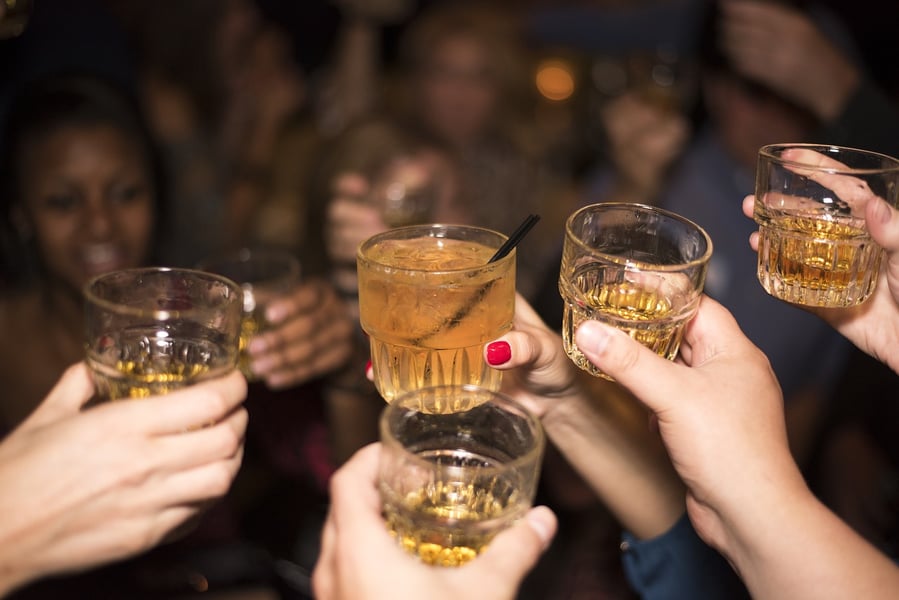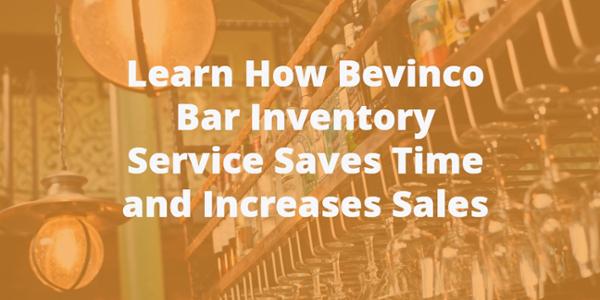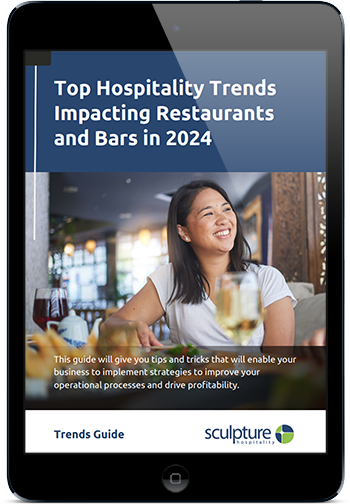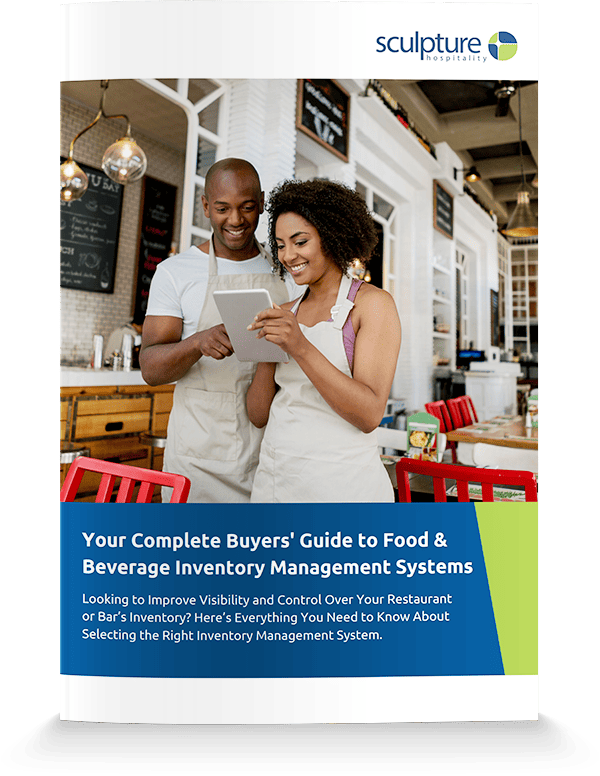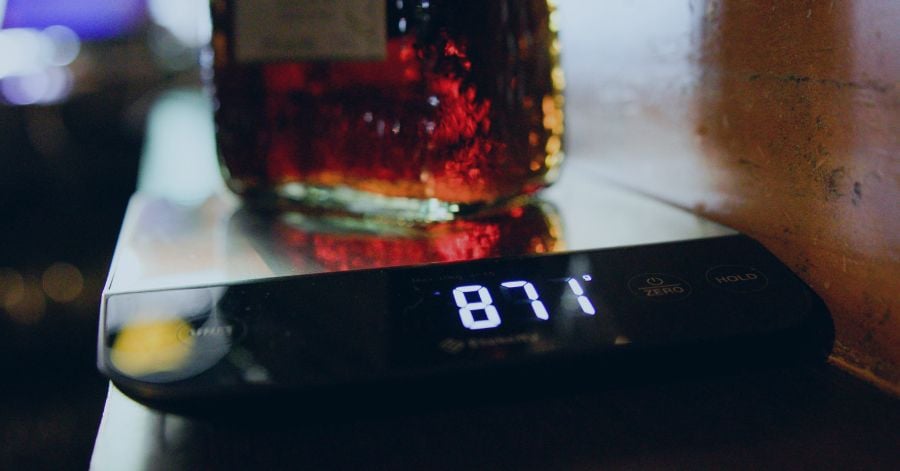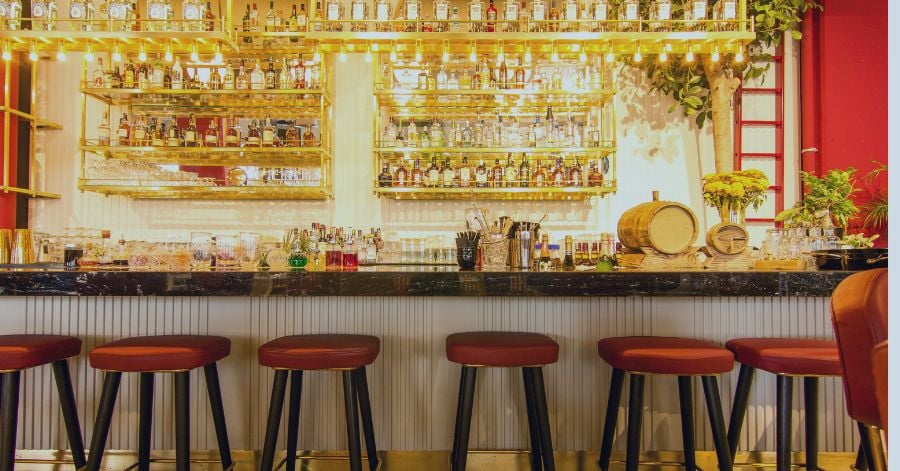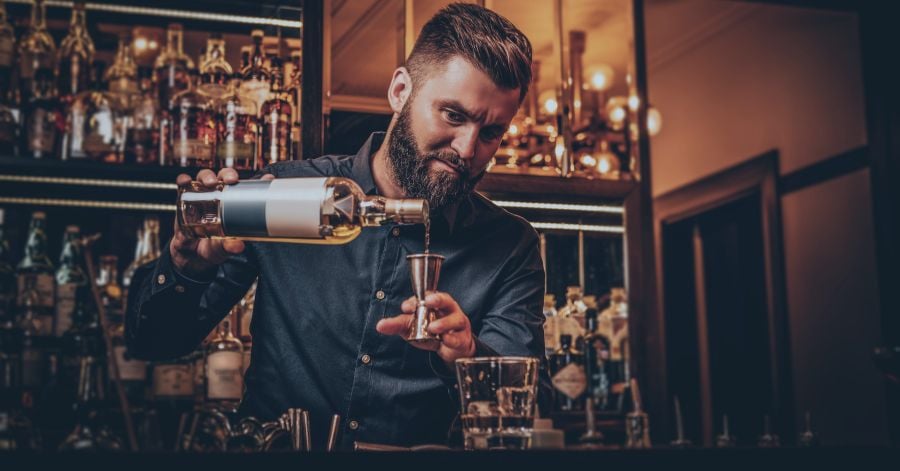Restaurant and bar managers should take an interest in helping their staff earn higher tips. Perhaps the most important reason is that your employees rely on tips to make a decent living.
Higher income means higher job satisfaction and lower turnover. Also, motivated servers do a better job up-selling - which means higher profit and revenue for your operation. Indirectly, tip levels are one measure of the degree of service at your establishment.
Finally, Robert Plotkin has noted, “when bartenders are earning sizeable amounts of gratuities, they presumably won’t be as likely to put their jobs in jeopardy by ripping off the house.”
Better Tips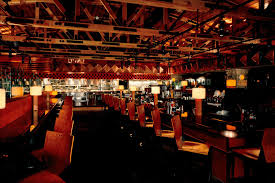
While at Houston’s restaurant chain last week, the bill included a “Quick Guide” that I have never seen before. The bill looked like this:
Sub total: $49.25
Tax: $3.82
Due: $53.07
Quick Guide:
15% $7.96
18% $9.55
20% $10.61
At first, I did not give this little section any thought – as an auditor at Sculpture Hospitalityfor 21 years; I am pretty good at calculating percentages. But the others at our table had quite a different reaction. “This is great,” said Sarah, “I hate trying to figure out how much to leave.”
That sparked a couple of others in our group started to chime in with their sheepish admission that they, too, hated doing math at dinner! Here were three smart, successful business-people and all were more than a little relieved that the restaurant had done the math for them. That’s just excellent customer service.
But the brilliance of this little “quick guide” goes beyond that. It seems pretty clear that this alone is going to increase the average tip at Houston’s for a couple of reasons. First, studies have shown that when given three choices like this, most people are going to avoid picking the lowest of the three for fear of being perceived as “cheap.”
Most restaurateurs are familiar with this psychology when setting up a wine list – often adding a lower priced wine will boost the sales of the next lowest on the list. So by listing 15%, 18% and 20% in their guide, more people will use the 18% and 20% amounts. (And by not even listing 10%, Houston’s is sending the subliminal message that such a tipping level is too low).
Second, the tip calculations are all based on the total bill – not the total before tax. We all know that some customers calculate the tip on the subtotal (before tax). Obviously, they can still do so, but I suspect that most will just find it easier to use the calculations already listed.
Increase Sales and Service
The easiest way to increase restaurant tips is by selling wine, and lots of it. The more knowledge you have about your wine list, the easier it is to get your guest wine that they will enjoy. But whatever bottle of wine they decide on, there are a couple of things that I always did whether it was a $12 bottle or $250 bottle.
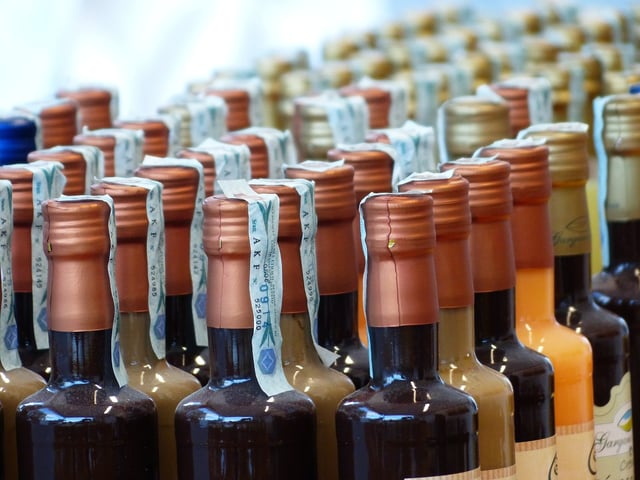
First, I would never fill a glass more than half full. It seems to counter the notion that draining off the bottle on the first pass on a 4-top will increase wine sales, which in turn would increase tips. But it does the opposite… knowing that they have a full glass causes them to drink slower. No one wants to be seen as the “wine-o” of the table. So they keep pace with everyone else at the table.
The guest knows you are “pushing” wine on them, and that all you have done is uncorked a bottle for them, and poured it off. What is that worth? When you fill a glass half full, you now have the opportunity to come back to the table a little later to “service” them by topping off their glasses back up to the half-way mark once again.
Now the guest sees that you have uncorked their bottle, gave everyone on the table a good taste, kept it chilled for them or wrapped it in some unique napkin, and came back a little later to top off everyone’s glass. And they will drink faster when all they have left is half a glass of wine.
Second, I would always make sure that the person who ordered the first bottle of wine got the last drop of the bottle he/she ordered. That is the person in charge… You are now standing in front of him and his friends with an empty bottle of wine in your hands… “Would you like a fresh bottle for the table? Or would you like to me to bring back the wine list?” Notice how I use the words “fresg bottle” instead of “another bottle”? It works every time…
Would I rather sell ten drinks at $5 each? Or a bottle of wine that sells for $50? I would sell the bottle of wine every time, knowing the odds of the sale of a second or third bottle are in my favor….
A unique feature of the service business is the practice of tipping. For most professional service folks, tips are effectively their complete source of income. Now you can love tipping, or you can hate it, but you can't argue that tips are instant feedback on how your guests feel about your work.
The quality of the interaction with your guests not only affects your income, but it actually determines how they feel about your restaurant -- so in many ways, the success of the business is also in your hands!
There are two primary ways to build your tips -- you can increase your sales, or you can improve the percentage you receive from each sale. Let's look at these two options:
Option 1: Increase Your Sales
Tip income is a percentage of what your guests purchase, so higher sales are likely to mean greater tips.
The approach most people take to build sales is to increase the check through a technique called “suggestive selling.” Done with sincerity and skill, it can be very effective. Suggestive selling can come across as insincere, shallow and manipulative if done poorly.
Another problem is that if your attention is focused on how much money your guests are spending, it can be a distraction that might get in the way of establishing a personal connection with your guests -- and it is the level of personal connection that determines how well-served your guests feel.
So your tips actually come from serving people, not from serving food. If you get the big sale tonight and lose the guests' future business in the process, then pushing the check average was not a very smart strategy for maximizing your income over the long term.
Another way to achieve sales growth is to have your guests return more often. When you focus on repeat patronage, your goal is to delight your guests rather than simply trying to increase sales (although the two are not necessarily incompatible).
Repeat patronage is the safest way to build sales volume. Take a guest who usually comes in twice a month. If you can treat them in such a way that they come in just one more time a month instead of going to a competitor, you have just increased your sales from this person by 50% -- without any increase in the average check and without any pressure on the diner.
Option 2: Increase Your Tip Percentage
If your guests left a bigger portion of the check as a tip you would also increase your income. So, for example, if your tips went from 10% to 20% of sales, then you could double your income on the same sales volume!
Your tip percentage may be determined in many ways. Some people tip because it is the custom in this country (and if you have served guests from other countries you know that in many cultures tipping is definitely not the custom!) Some people will leave a tip, even if the service was poor, because they would feel guilty if they didn’t.
But the biggest factor in tipping -- the thing that will determine whether diners leave you 10% or 30% -- is the level of personal connection you establish with your guests. The greater the bond, the higher your tip is likely to be. At the least, when the guest is deciding what to leave you at the end of the meal, a personal connection will cause them to round up instead of rounding down!
Do you have regulars who always ask for you? Do you typically get a better tip from them? If so, it shows what personal connection can do for your tip income. The good news is that the same thing can happen with virtually every table...and more often than not!
I am always impressed by servers or bartenders who are paying enough attention to be able to anticipate what I might want before I even know I want it.
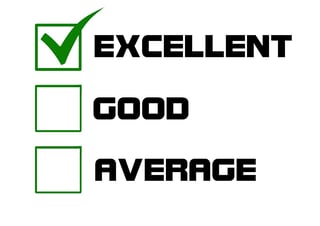
The prominent examples are refilling the water or wine glass or the breadbasket before they are empty. But the less obvious things are even more impressive. Often my wife and I will split an appetizer, and we love it when the server offers to split that onto two plates. That is simply better service than bringing the appetizer out on one plate along with another empty plate.
Even more impressive was the server at Buona Tavola in San Luis Obispo, CA last week. When we ordered a small pasta dish for our 18-month old son, our server thoughtfully asked us when we wanted her to deliver his meal – with our meals or just as soon as possible. I’m sure all parents will agree that this little touch alone can make the difference between an enjoyable meal or one that has a bit more drama than necessary.
When you think about it, anticipation is just another word for thoughtful service and guaranteed to be rewarded with a larger tip.

